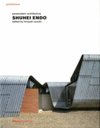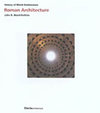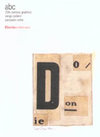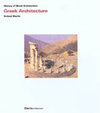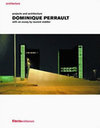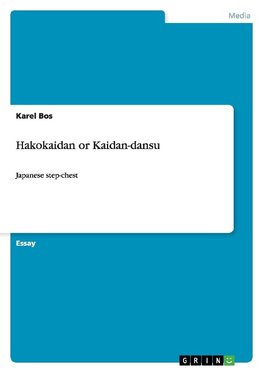
-
 Anglický jazyk
Anglický jazyk
Hakokaidan or Kaidan-dansu
Autor: Karel Bos
Essay from the year 2012 in the subject Art - Architecture / History of Construction, , language: English, abstract: The Japanese step-chest (kaidan-dansu or hakokaidan) is inextricably linked with the traditional 'machiya'
in Kyoto. In contrast to the...
Viac o knihe
Na objednávku
14.76 €
bežná cena: 16.40 €
O knihe
Essay from the year 2012 in the subject Art - Architecture / History of Construction, , language: English, abstract: The Japanese step-chest (kaidan-dansu or hakokaidan) is inextricably linked with the traditional 'machiya'
in Kyoto. In contrast to the 'minka', which are farmhouses, fishermen's houses and mountain dwellings, the
'machiya' is a merchants' and craftsmen's town-house, specifically in Kyoto, also often called 'kyo-machiya'.
Kyoto 'machiya' are traditional townhouses with distinctive Kyoto-style latticework doors and slatted
second-story windows (fig. 1+2). Machiya are already depicted on 17th century screens and they were still
built during the Taisho period and beyond until about 1936.
These wooden houses, where merchants and artisans both lived and worked, provided a space in front for
a store, in the middle for family quarters with small garden, and in the rear for workshops and warehouses.
Many of them can still be seen in the Gion district and they came to be regarded as one of the typical
traditional structures which characterise the ancient city of Kyoto.
Kyoto, Japan's capital of traditional culture, is one of the few Japanese cities that was spared from the
bombings of World War II, yet every year scores of 'machiya' are destroyed, victims of neglect and urban
redevelopment, thus rapidly erasing the traditional urban fabric. Luckily civic groups in Kyoto are working
hard to save the buildings that remain and to preserve this superb example of Kyoto vernacular architecture.
Typically the 'machiya' has a narrow front of about 5.5 to 6.4 m (3 to 3.5 'ken') and a depth of around 20 m
(11 'ken'). As homes were taxed according to the size of the street frontage, this design originated from
economic necessity (fig. 16). However, as merchants became richer, they built larger 'machiya' and it is not
unusual to find a frontage of 6 and 7 'ken' (12.7 m).
The meaning of the modern concept of the 'module' has an exceptional antecedent in Japan, where for
hundreds of years the ordinary houses have been built on the basis of a modular order which is unique. [...]
- Vydavateľstvo: GRIN Verlag
- Rok vydania: 2014
- Formát: Paperback
- Rozmer: 210 x 148 mm
- Jazyk: Anglický jazyk
- ISBN: 9783656822820



